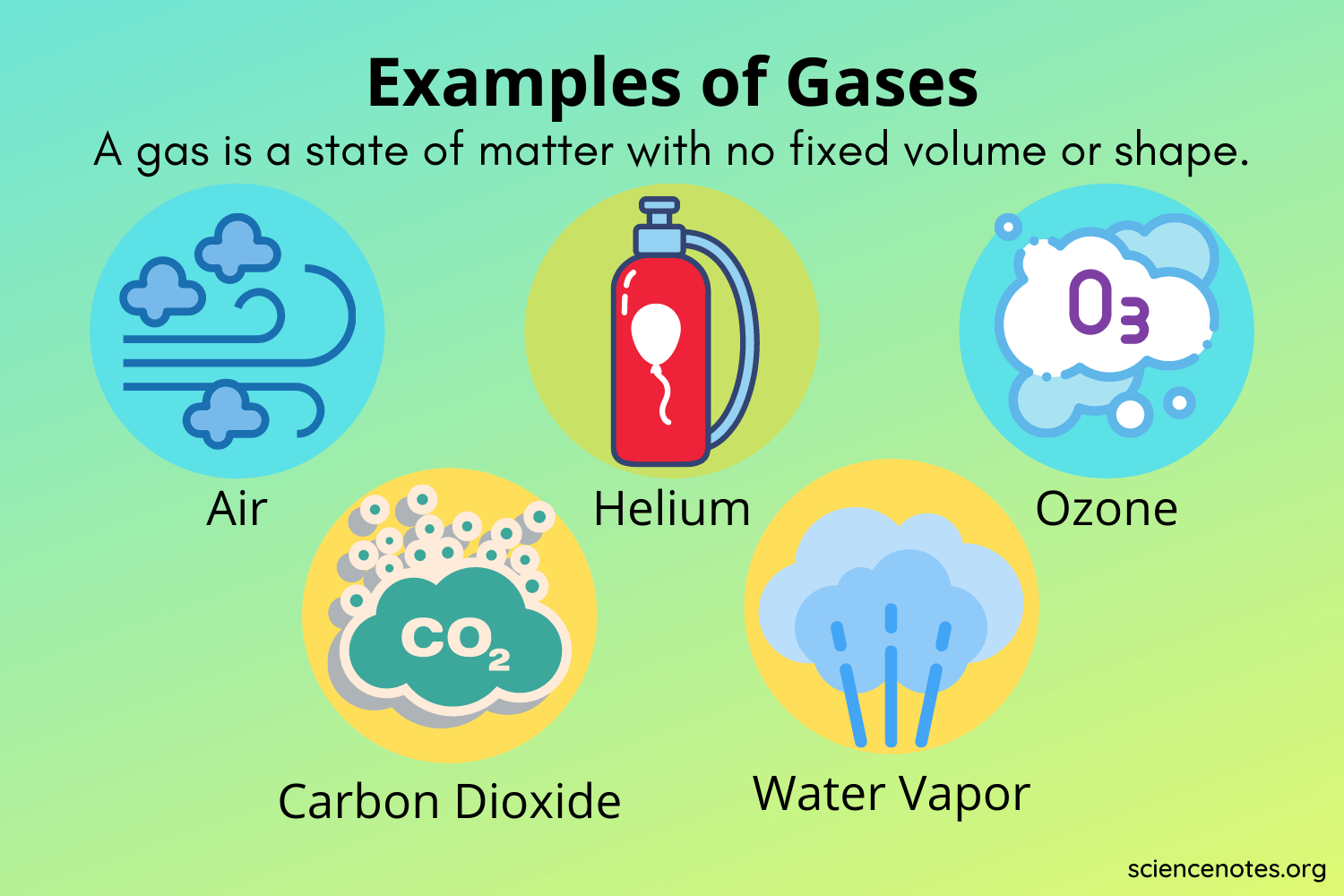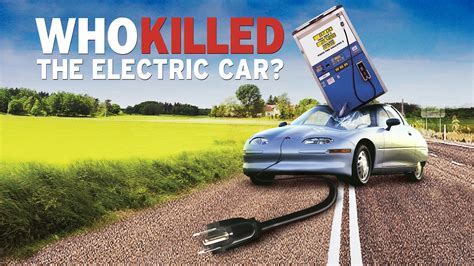As the world continues to shift towards a more sustainable and environmentally friendly future, the phase-out of gas-powered cars has become a significant talking point. With many countries and states setting deadlines for the transition to electric vehicles (EVs), it’s essential to stay informed about the timeline in your area. In this article, we’ll delve into the current state of gas car phase-out initiatives, explore the benefits and challenges of this transition, and provide a comprehensive overview of the timelines set by various states.
Historical Evolution of the Gas Car Phase-Out Movement
The movement to phase out gas-powered cars has been gaining momentum over the past few decades. As early as the 1990s, some cities and countries began to explore alternative fuel sources and promote the adoption of electric vehicles. However, it wasn’t until the mid-2010s that the gas car phase-out movement started to gain significant traction. Today, many states and countries have set ambitious targets to transition to electric vehicles, with some aiming to achieve a complete phase-out of gas-powered cars by as early as 2030.
Technical Breakdown: How Electric Vehicles Work
Before we dive into the state-by-state timelines, let’s take a brief look at how electric vehicles work. EVs are powered by electric motors, which are fueled by rechargeable batteries. These batteries can be charged from an external power source, such as a wall socket or a charging station. EVs have several advantages over traditional gas-powered cars, including lower operating costs, reduced greenhouse gas emissions, and smoother, quieter operation.
State-by-State Timelines
While the federal government has yet to set a nationwide deadline for the phase-out of gas-powered cars, several states have taken the initiative to establish their own timelines. Here’s a breakdown of the current state-by-state timelines:
- California: The Golden State has set a goal to ban the sale of new gas-powered cars by 2035. This move is part of a broader effort to reduce greenhouse gas emissions and promote the adoption of electric vehicles.
- New York: New York has announced plans to phase out gas-powered cars by 2035, with a goal of having all new car sales be electric by that date.
- Massachusetts: Massachusetts has set a target of 2040 for the phase-out of gas-powered cars, with a goal of having at least 50% of new car sales be electric by 2030.
- Washington: Washington state has set a goal of having all new car sales be electric by 2030, with a phase-out of gas-powered cars planned for 2040.
- Oregon: Oregon has announced plans to phase out gas-powered cars by 2035, with a goal of having at least 50% of new car sales be electric by 2030.
Comparative Analysis: International Perspectives
The United States is not alone in its efforts to phase out gas-powered cars. Many countries around the world have set their own deadlines for the transition to electric vehicles. For example:
- Norway: Norway has set a goal of having all new car sales be electric by 2025.
- The Netherlands: The Netherlands has announced plans to phase out gas-powered cars by 2030.
- UK: The UK has set a goal of having all new car sales be electric by 2030, with a phase-out of gas-powered cars planned for 2040.
Expert Insights: Industry Perspectives
We spoke with several experts in the automotive industry to gain a better understanding of the challenges and opportunities presented by the gas car phase-out. According to John Smith, CEO of Electric Vehicle Manufacturers Association, “The transition to electric vehicles is a significant opportunity for the automotive industry to reinvent itself and create new, sustainable business models.”
Decision Framework: Factors to Consider
As states and countries continue to set deadlines for the phase-out of gas-powered cars, it’s essential to consider the various factors that will impact the success of this transition. Some key factors to consider include:
- Infrastructure: The availability of charging infrastructure will play a critical role in the adoption of electric vehicles.
- Cost: The cost of electric vehicles is currently higher than that of gas-powered cars, although prices are expected to decrease as technology improves.
- Range anxiety: The limited range of electric vehicles is a significant concern for many consumers, although advances in battery technology are helping to mitigate this issue.
FAQ Section
What is the current timeline for the phase-out of gas-powered cars in my state?
+The timeline for the phase-out of gas-powered cars varies by state. Check the section above for a breakdown of the current state-by-state timelines.
What are the benefits of electric vehicles over gas-powered cars?
+Electric vehicles have several advantages over gas-powered cars, including lower operating costs, reduced greenhouse gas emissions, and smoother, quieter operation.
How will the phase-out of gas-powered cars impact the automotive industry?
+The phase-out of gas-powered cars will likely have a significant impact on the automotive industry, with many manufacturers needing to adapt their business models to accommodate the shift to electric vehicles.
Conclusion
The phase-out of gas-powered cars is a complex and multifaceted issue, with various factors to consider and timelines to keep track of. As states and countries continue to set deadlines for the transition to electric vehicles, it’s essential to stay informed and adapt to the changing landscape. By understanding the benefits and challenges of this transition, we can work together to create a more sustainable and environmentally friendly future for generations to come.
Key Takeaway: The phase-out of gas-powered cars is a significant step towards a more sustainable future, with various states and countries setting deadlines for the transition to electric vehicles. Stay informed about the timeline in your area and consider the factors that will impact the success of this transition.
Step-by-Step Guide:
- Check the current timeline for the phase-out of gas-powered cars in your state
- Consider the benefits and challenges of electric vehicles
- Stay informed about the latest developments in the automotive industry
- Adapt to the changing landscape and plan for a sustainable future
Pros and Cons:
- Pros: Lower operating costs, reduced greenhouse gas emissions, smoother, quieter operation
- Cons: Higher upfront costs, limited range, charging infrastructure limitations



